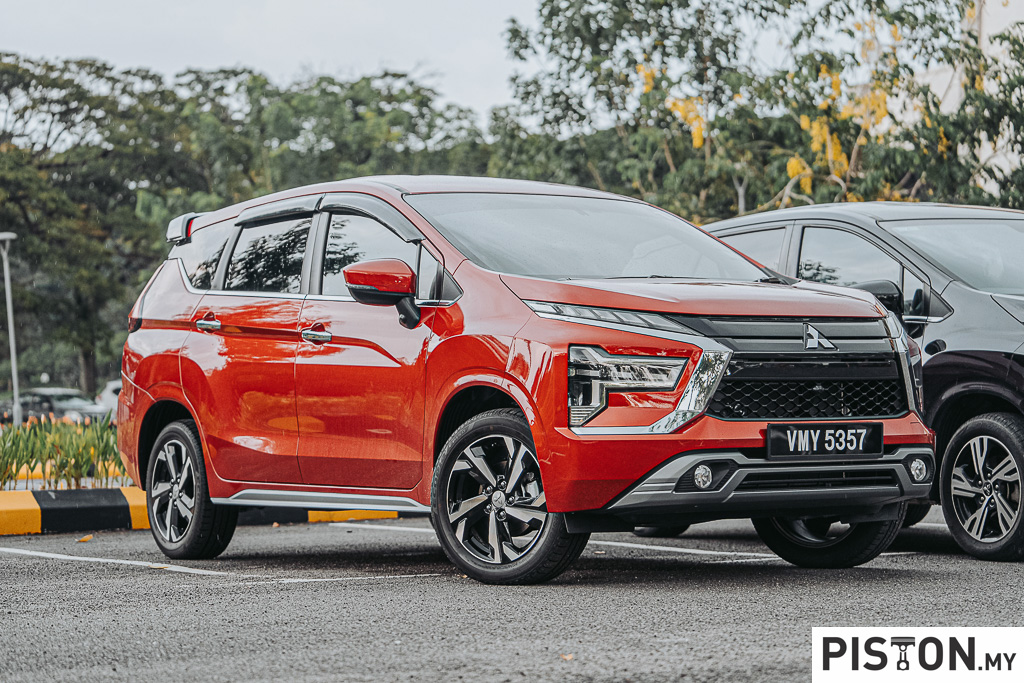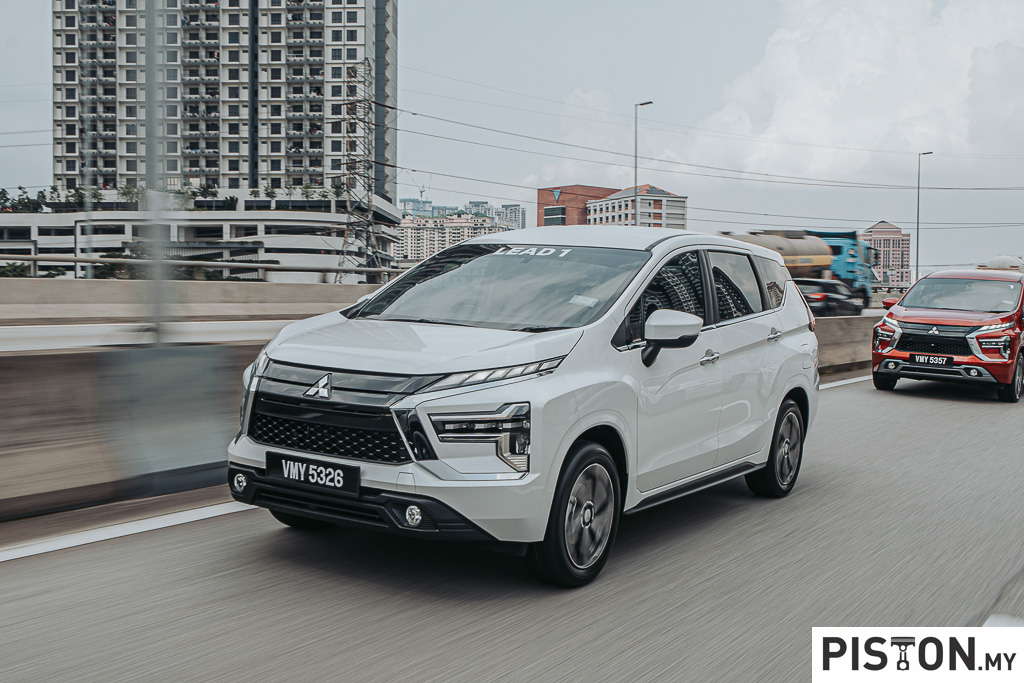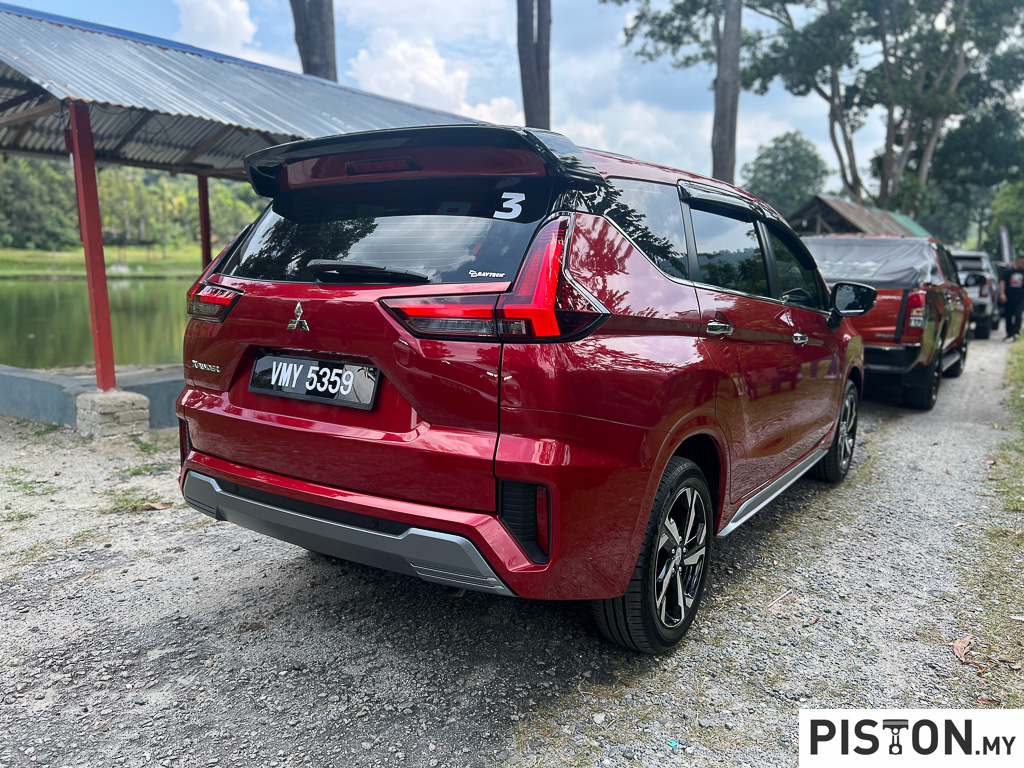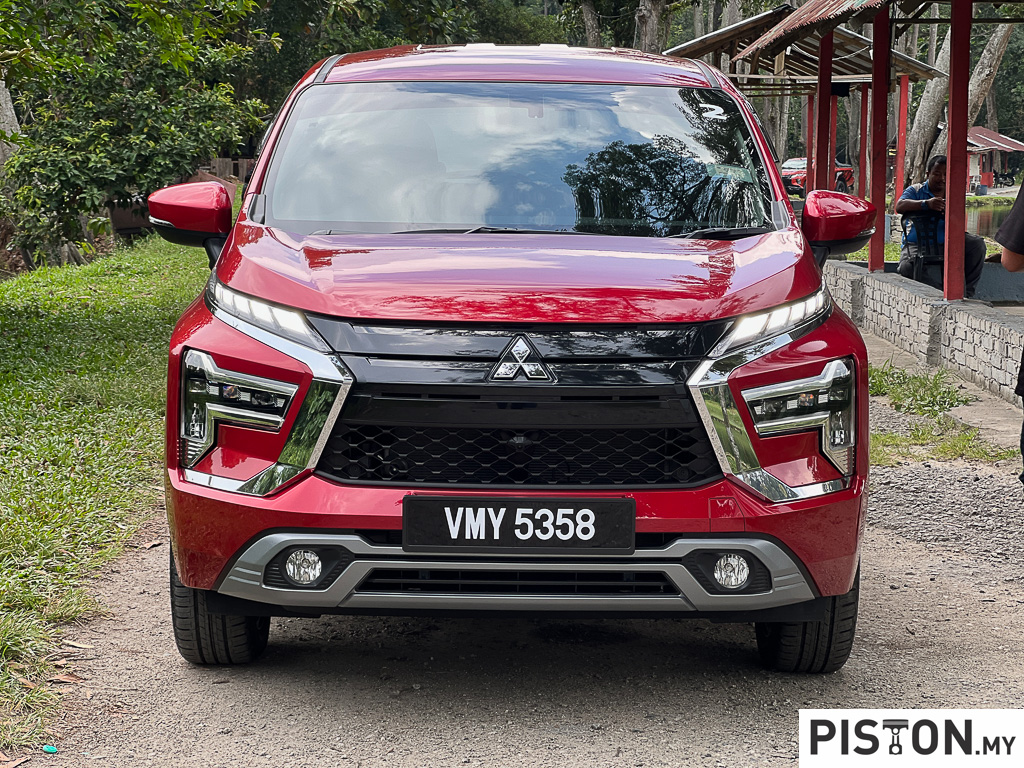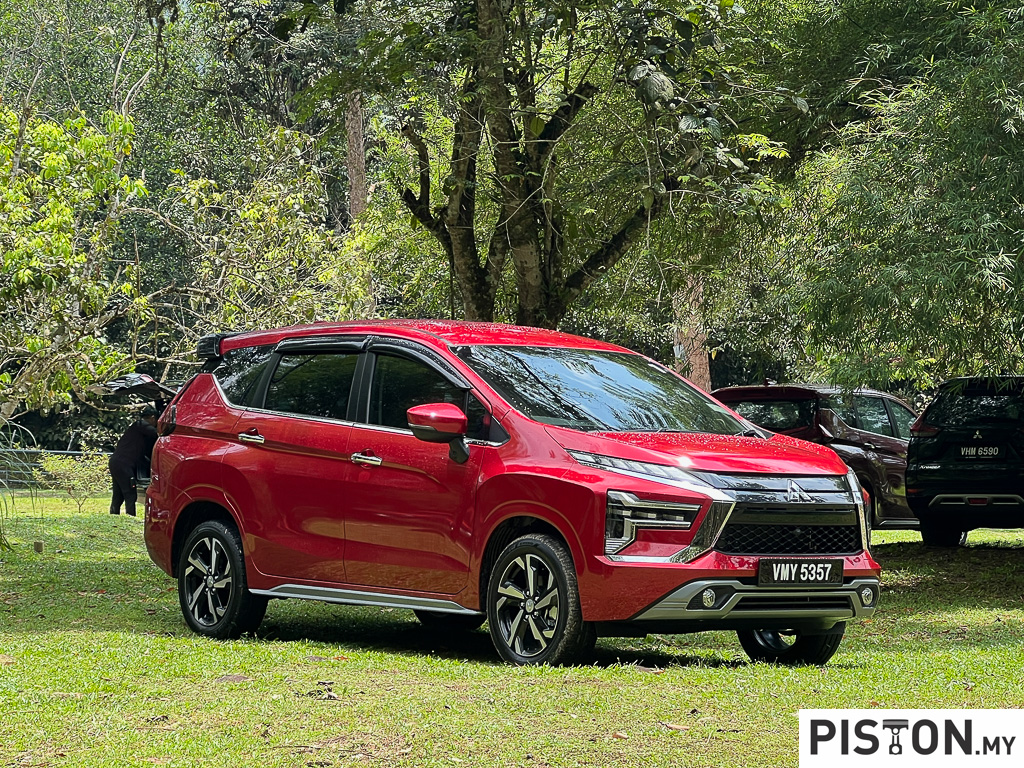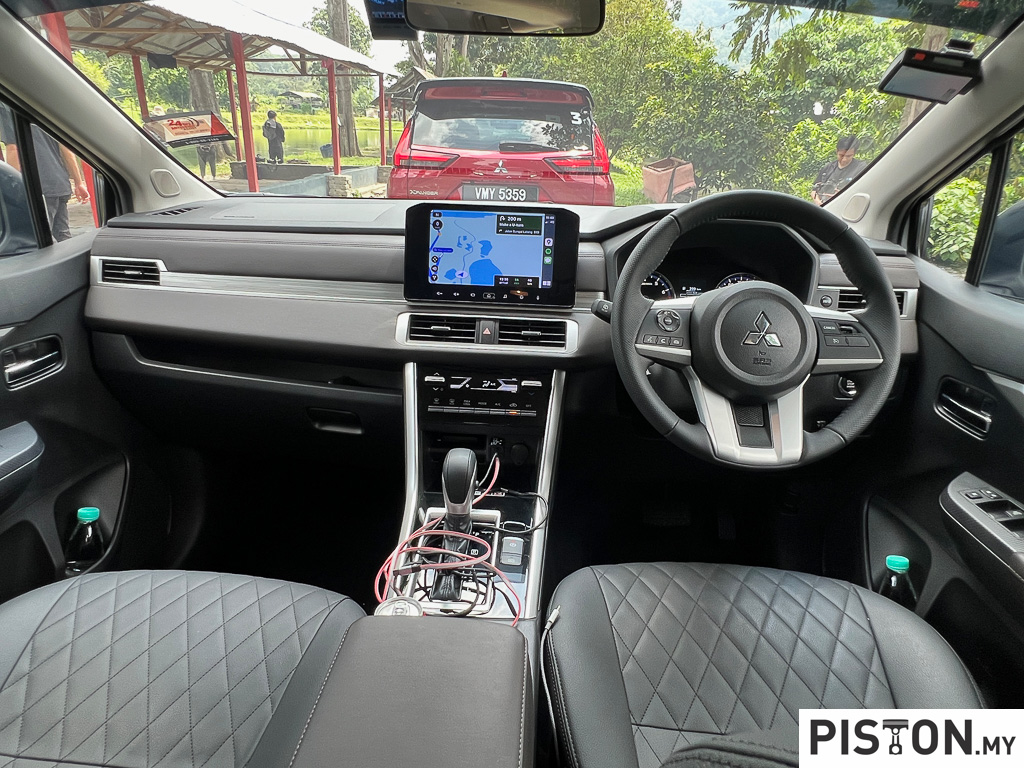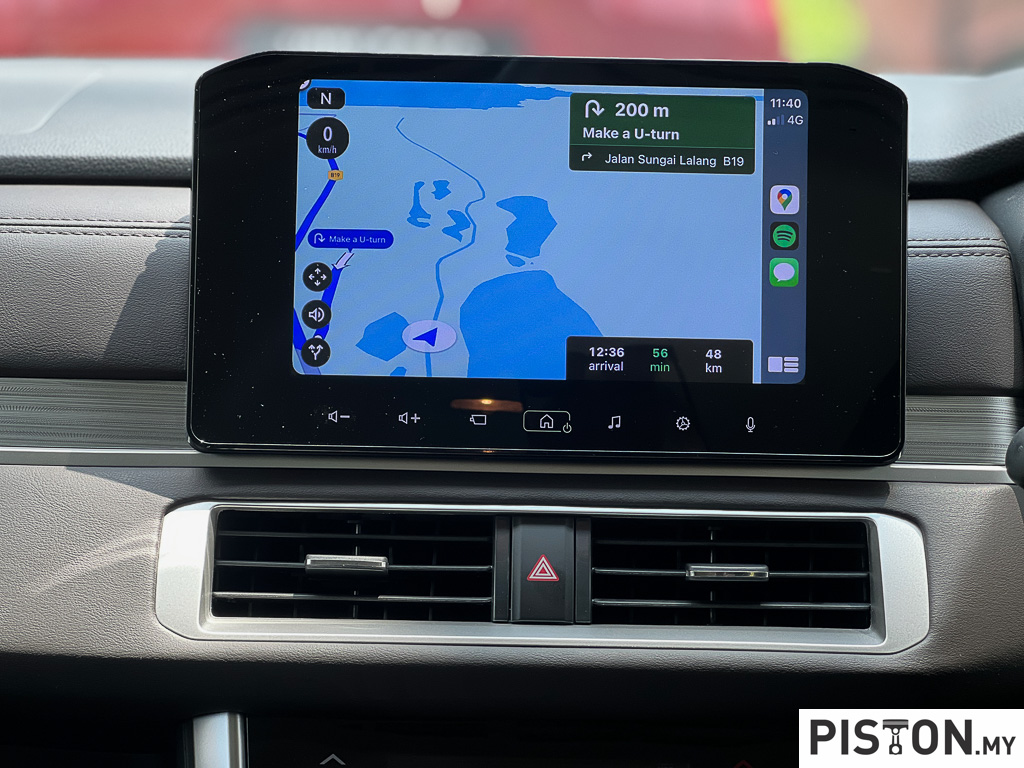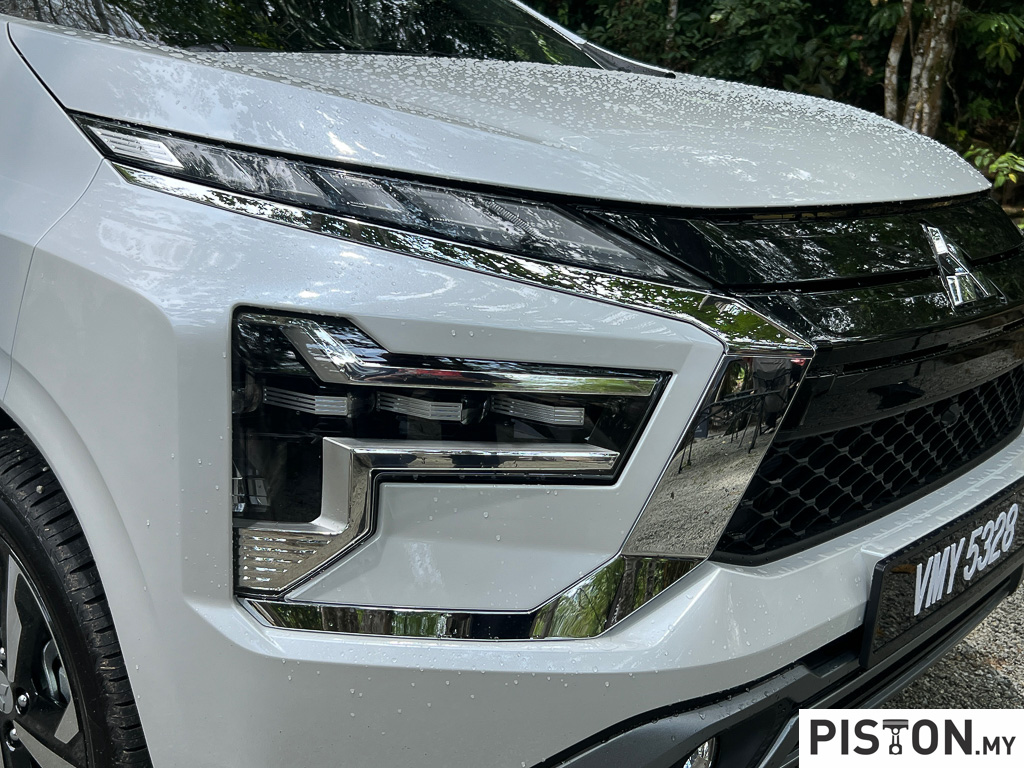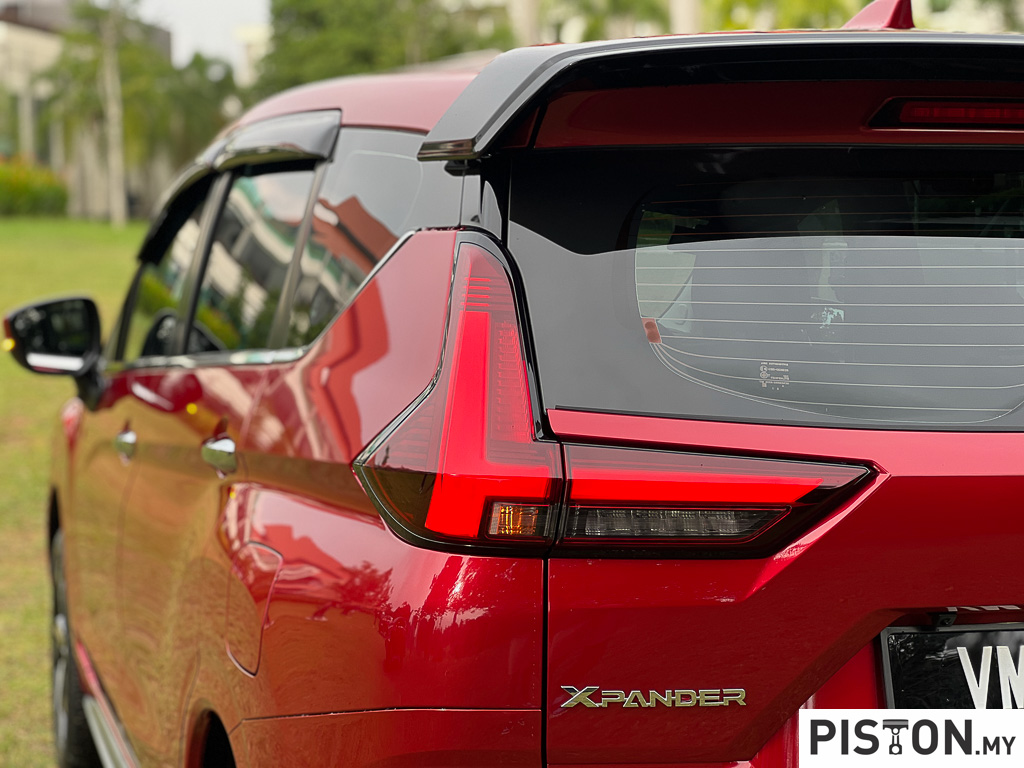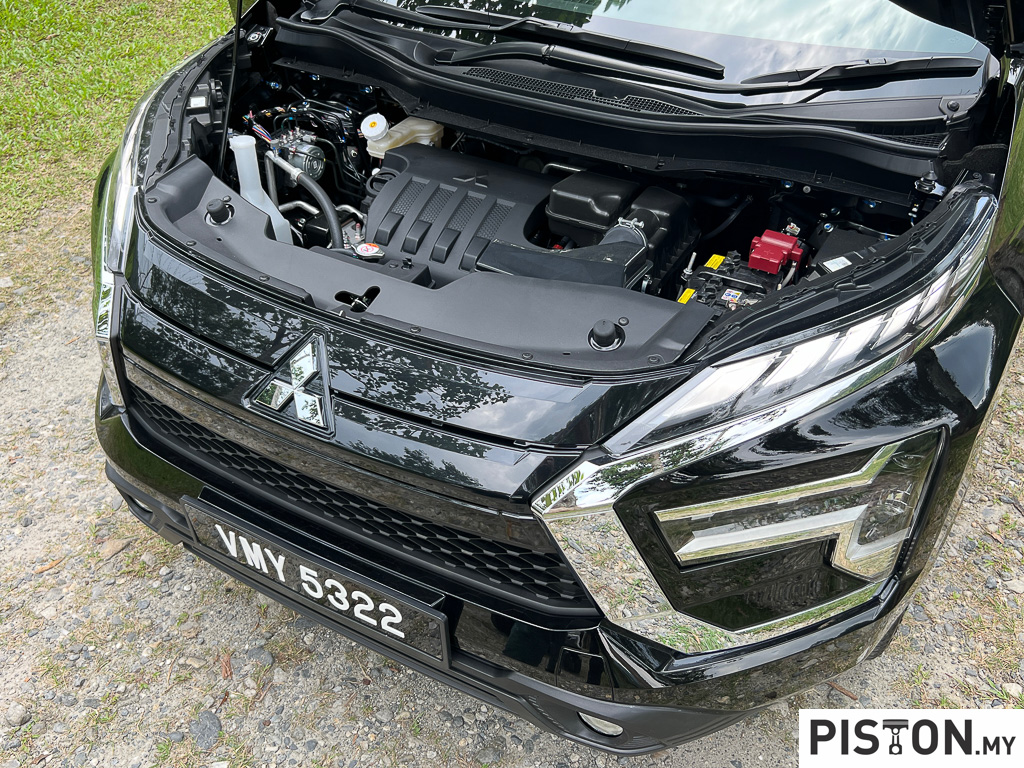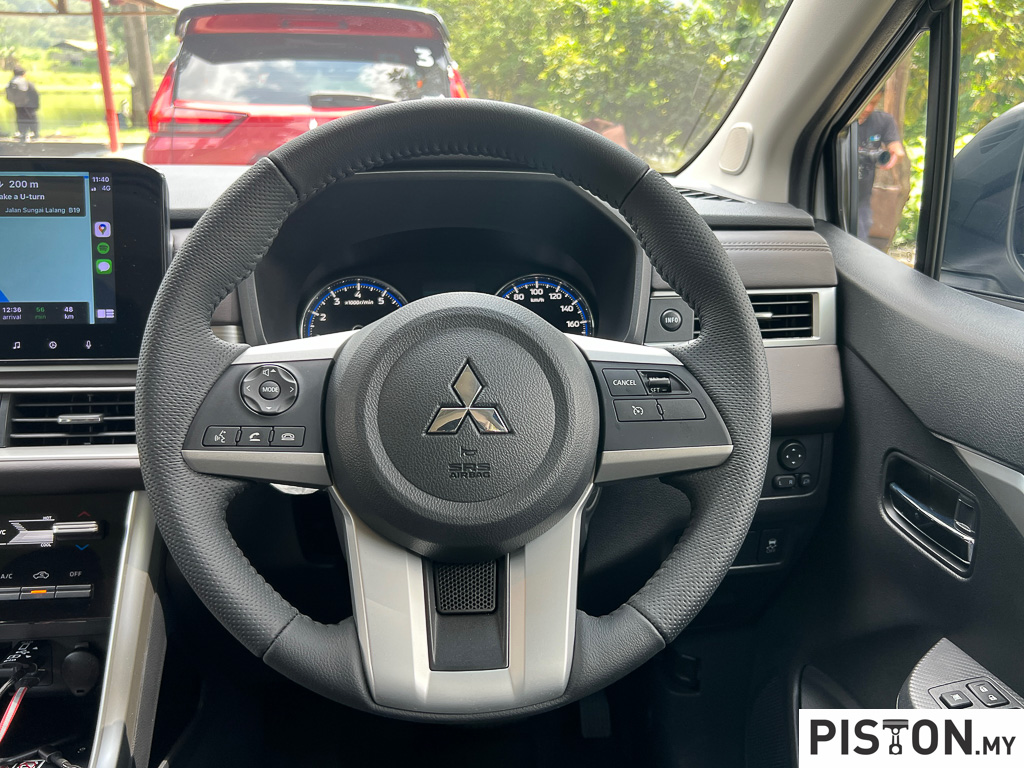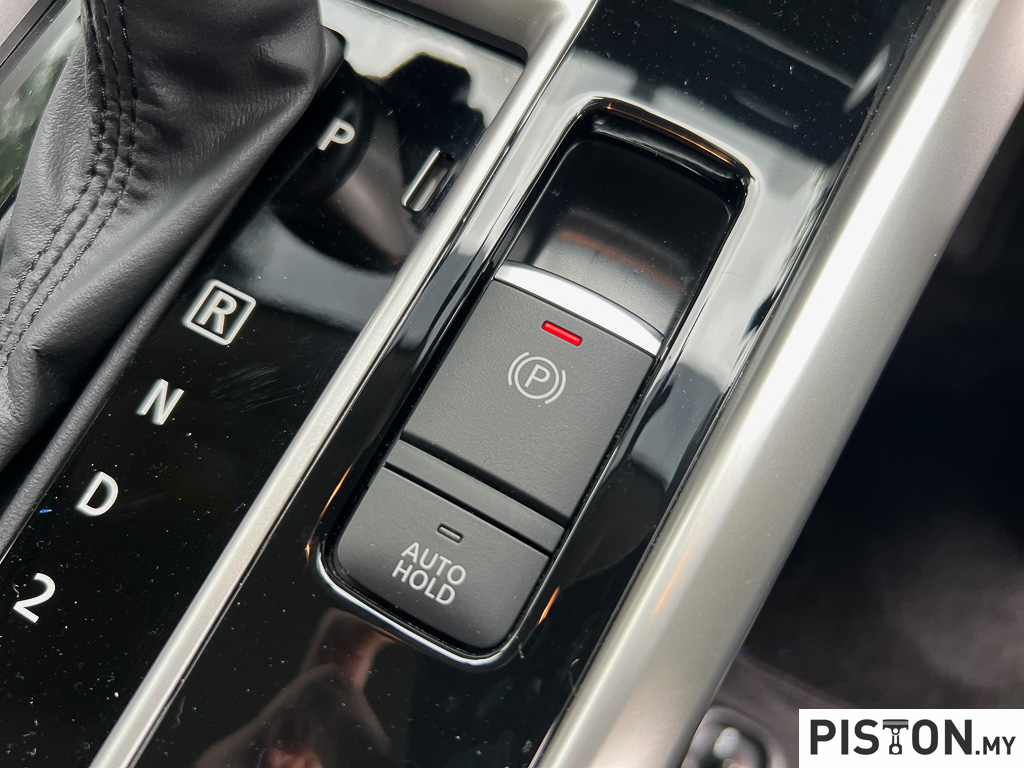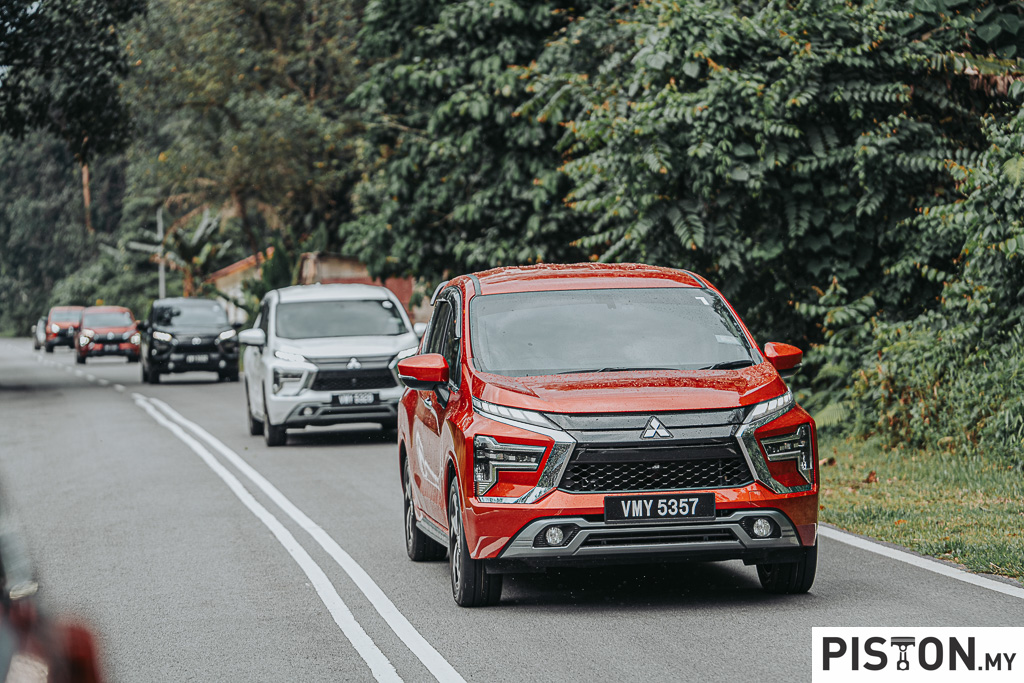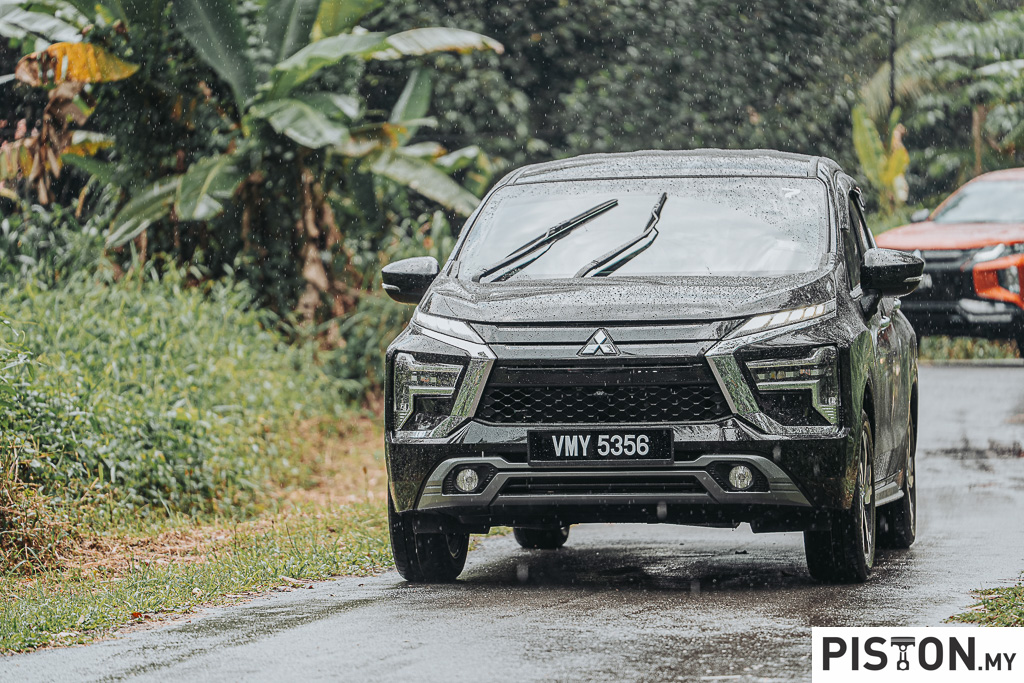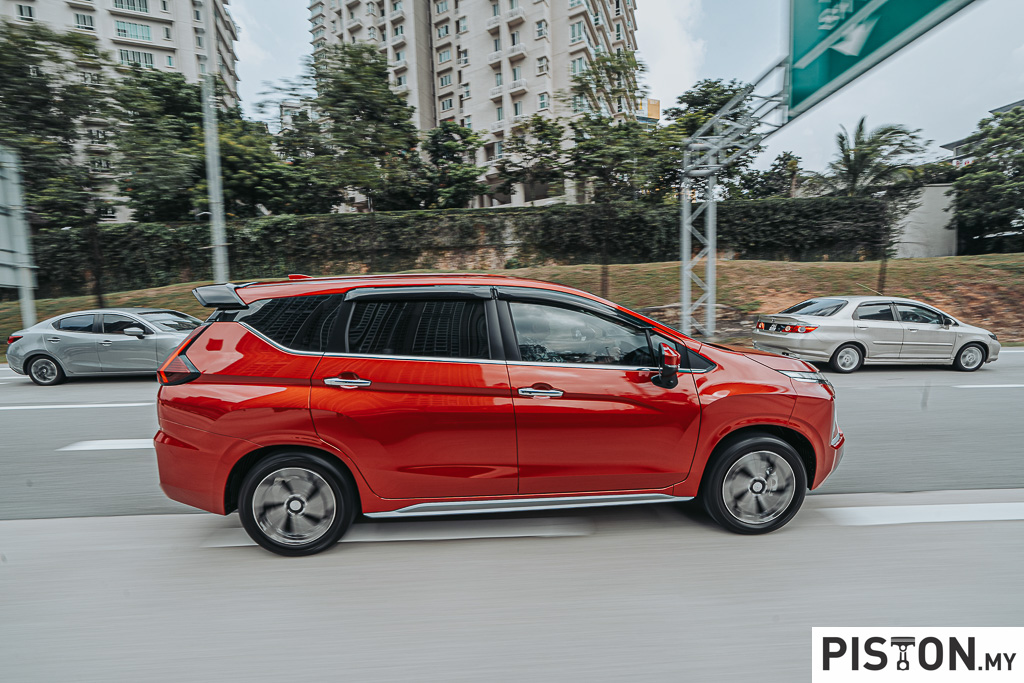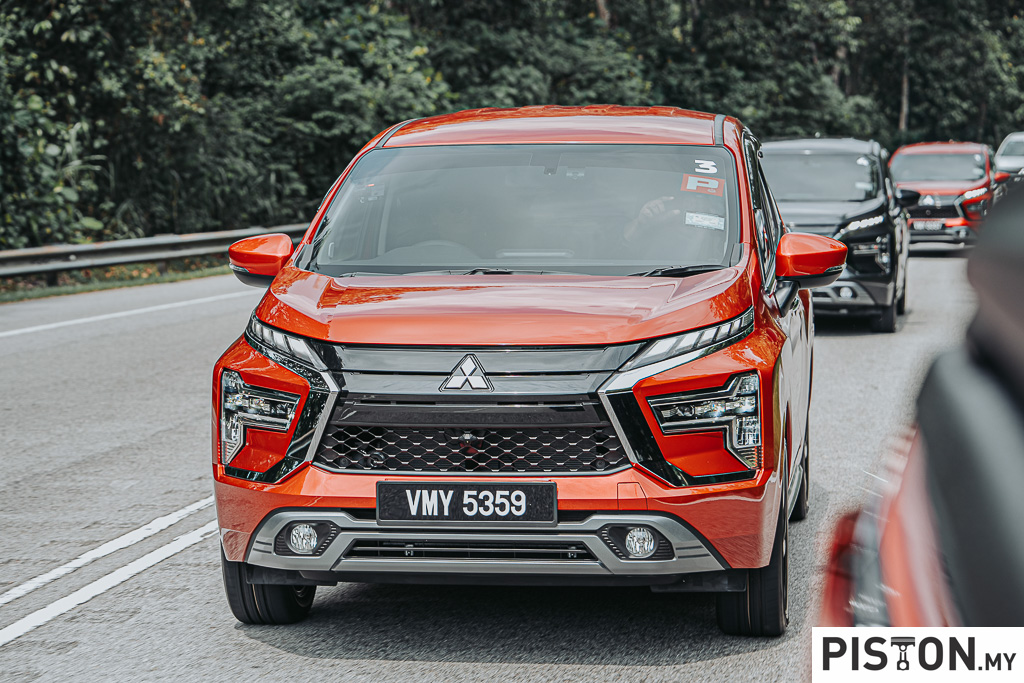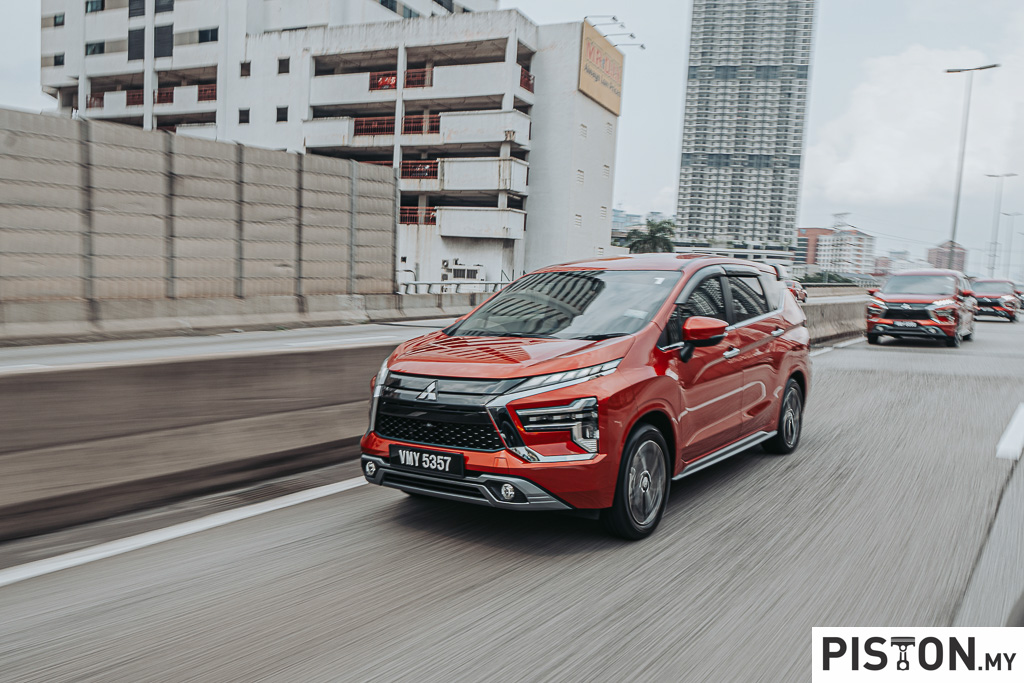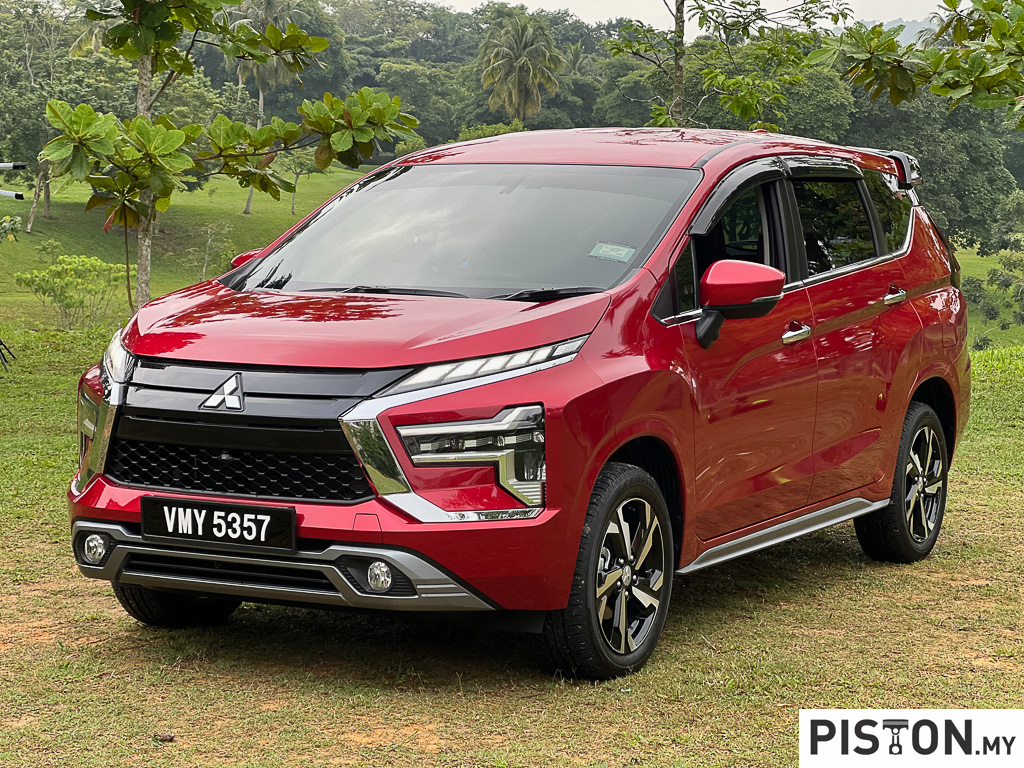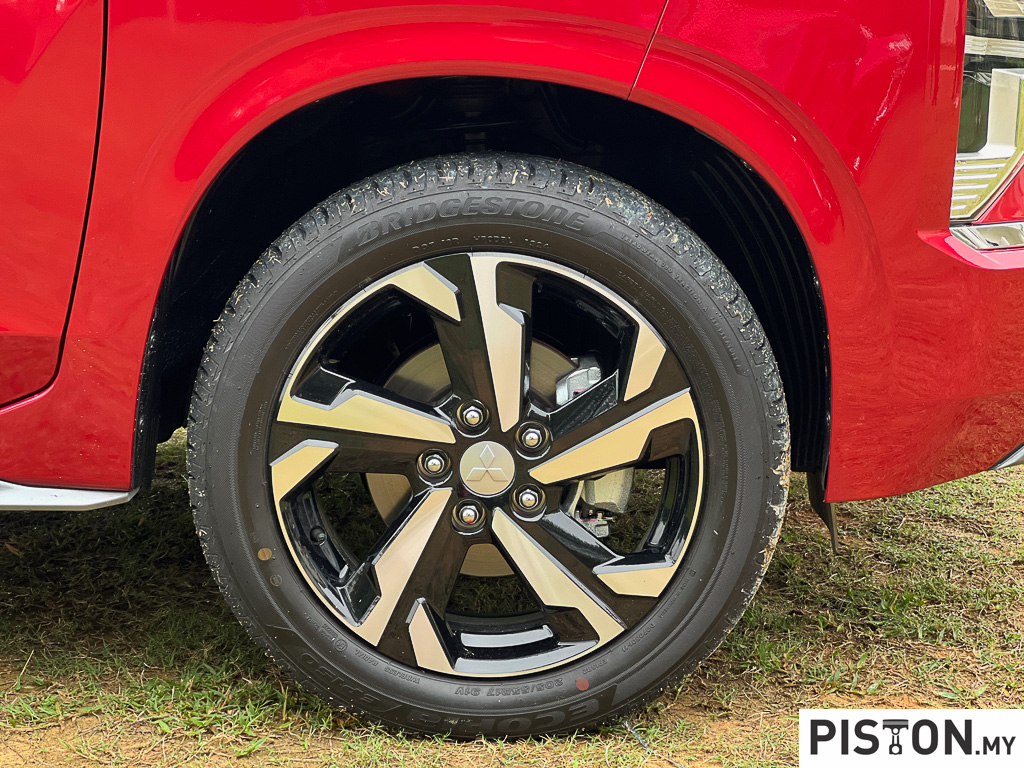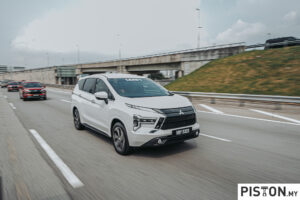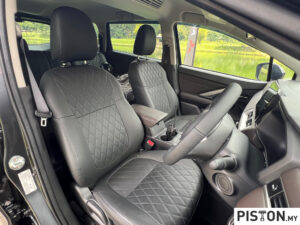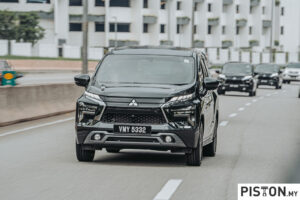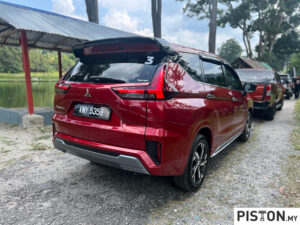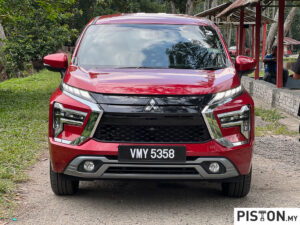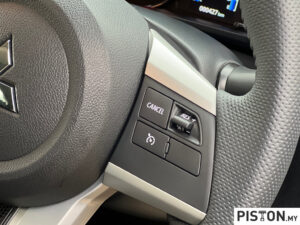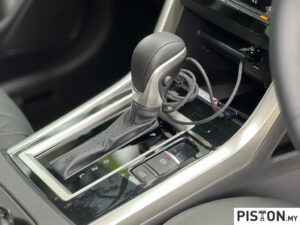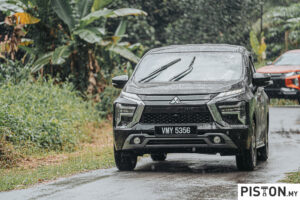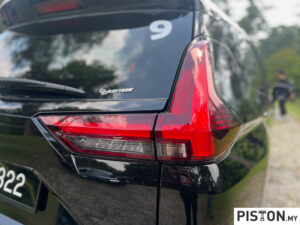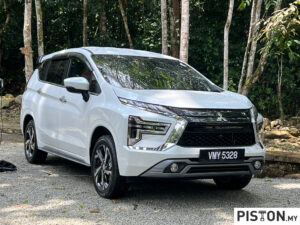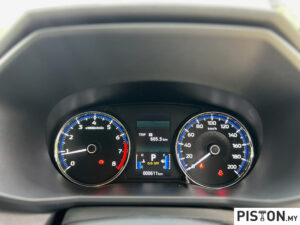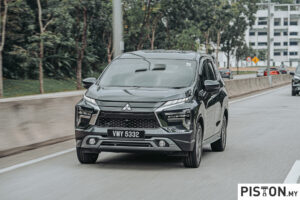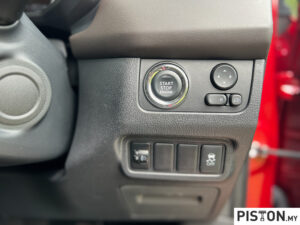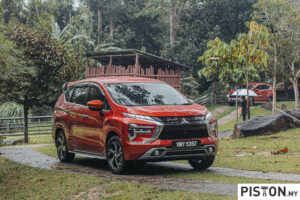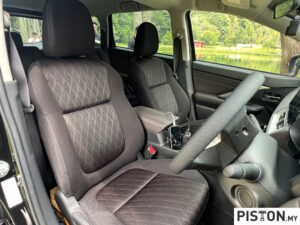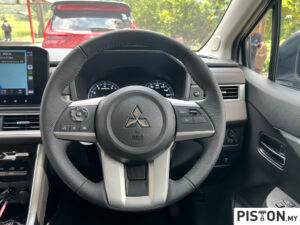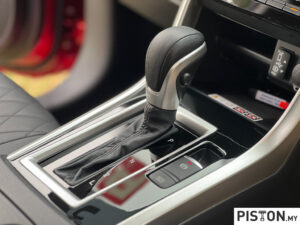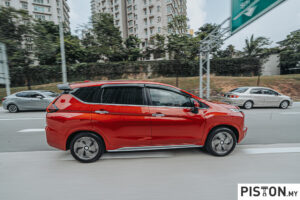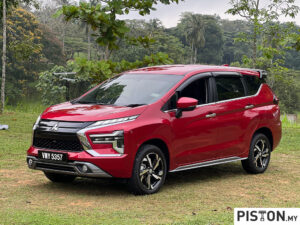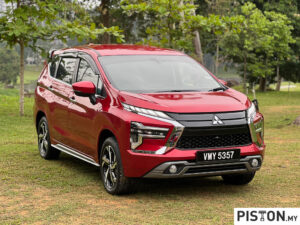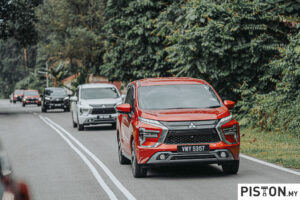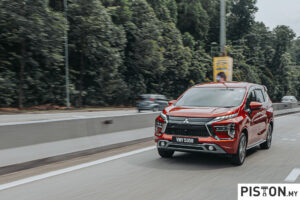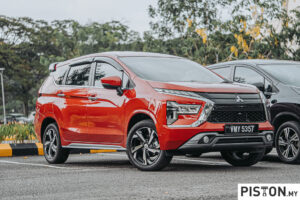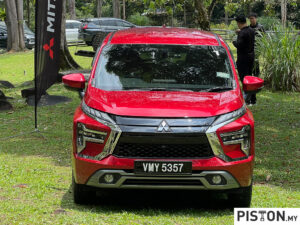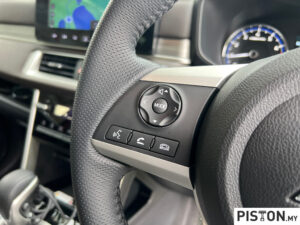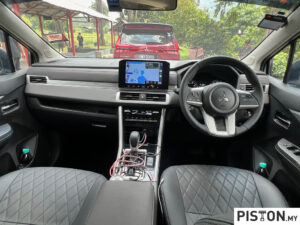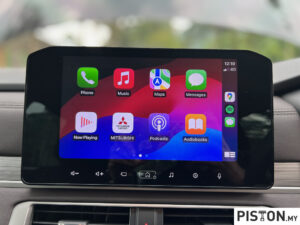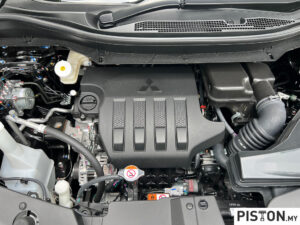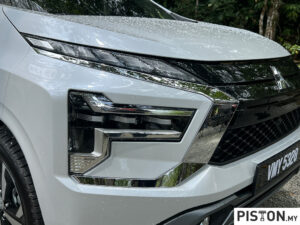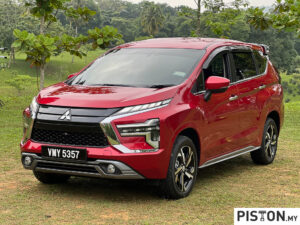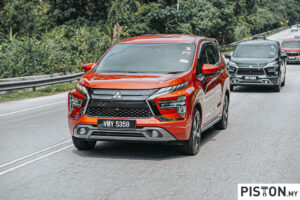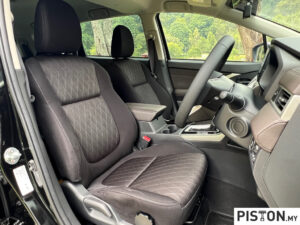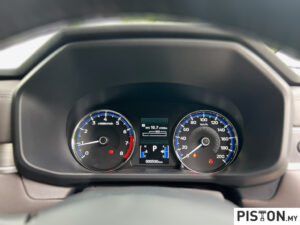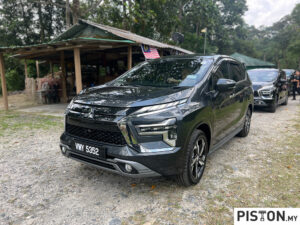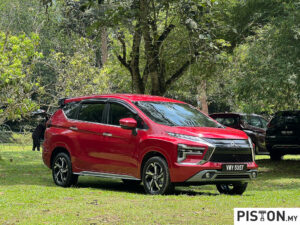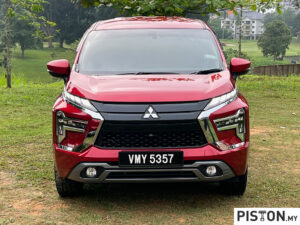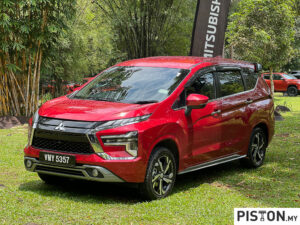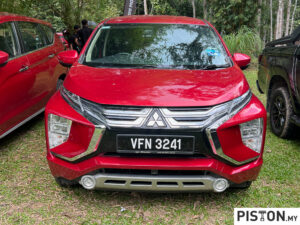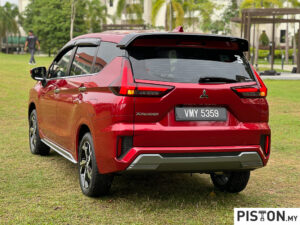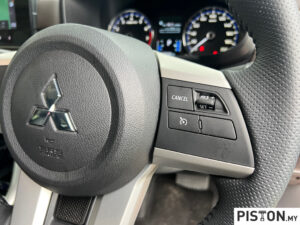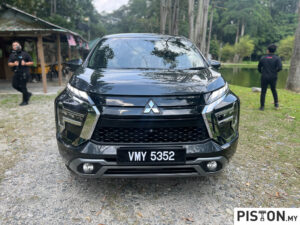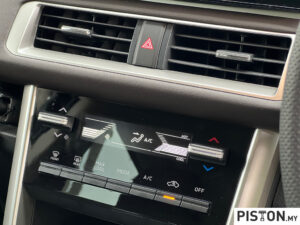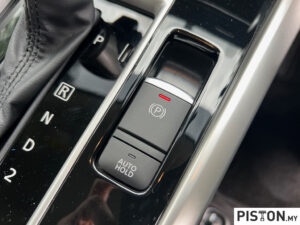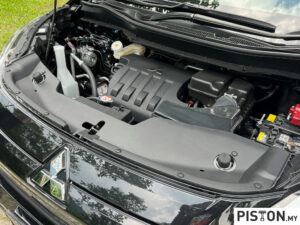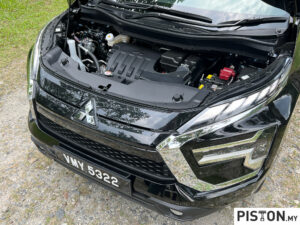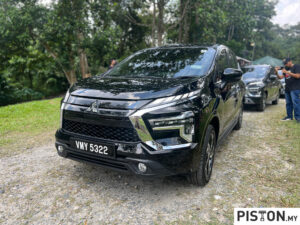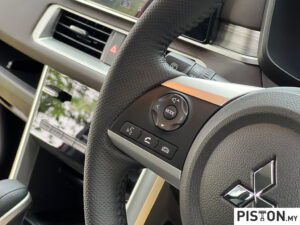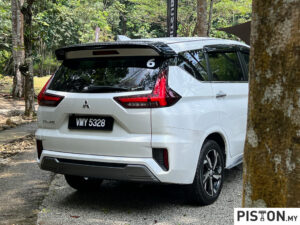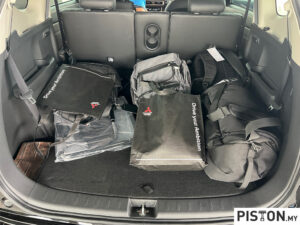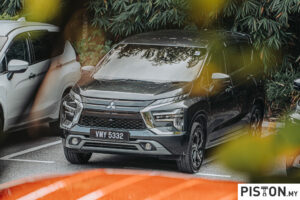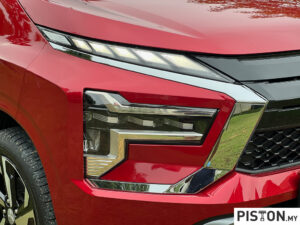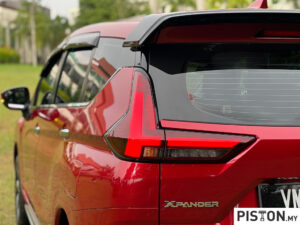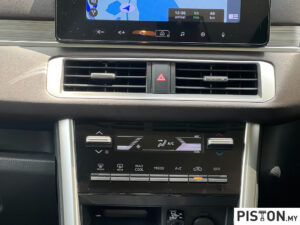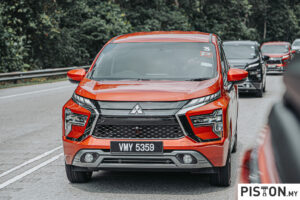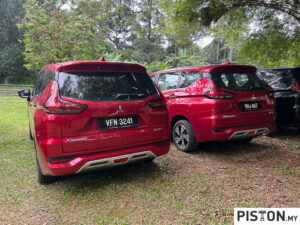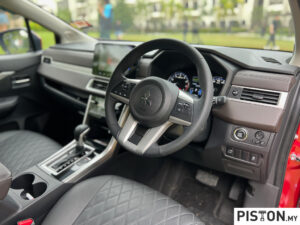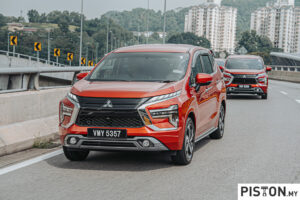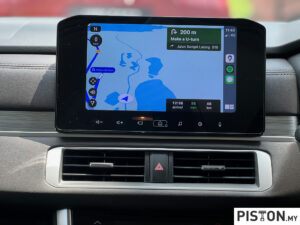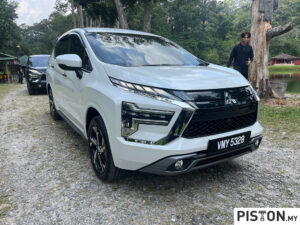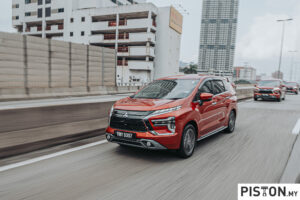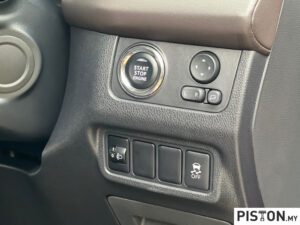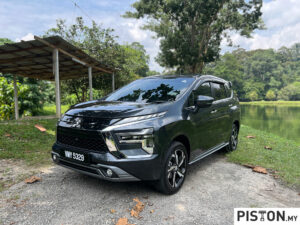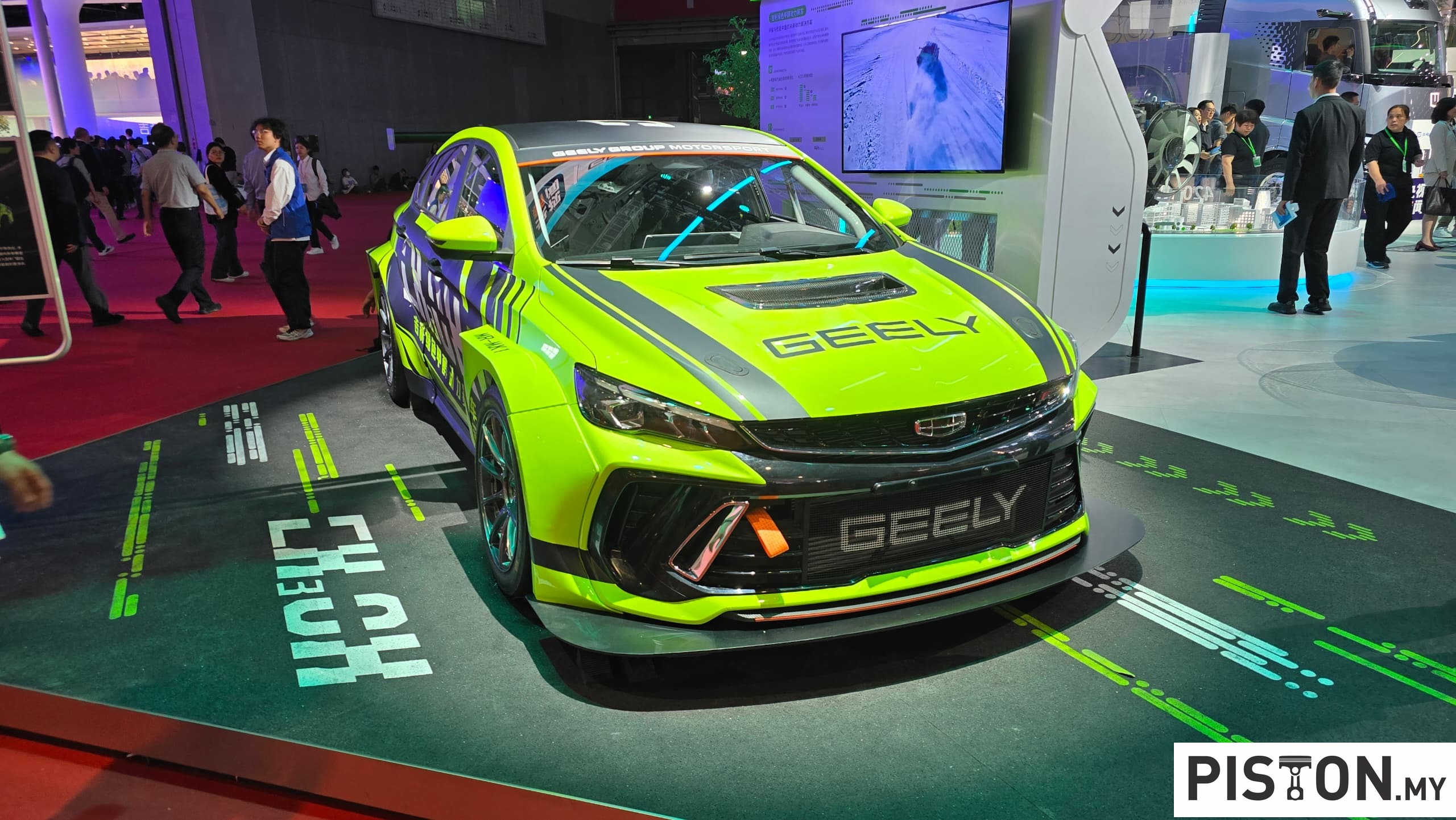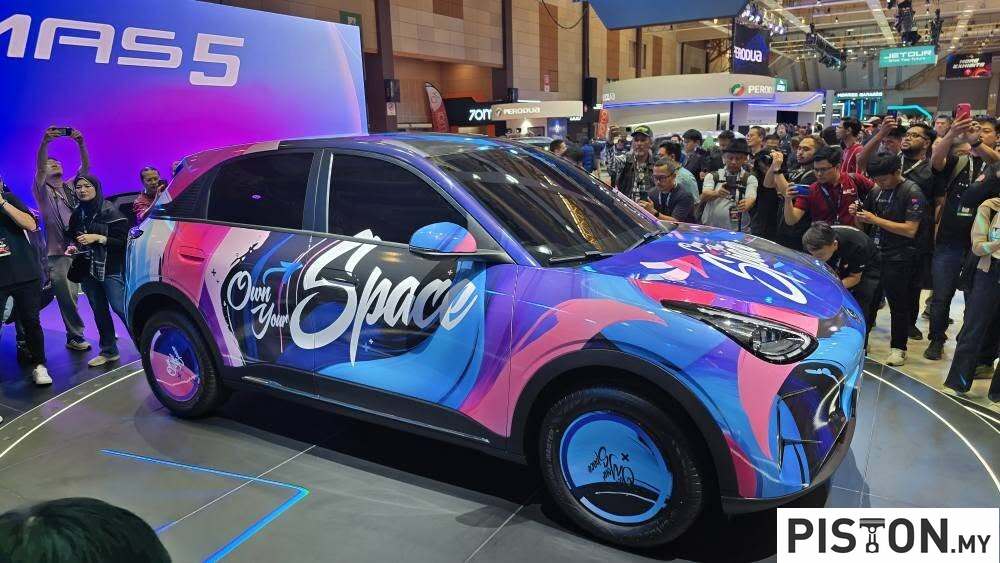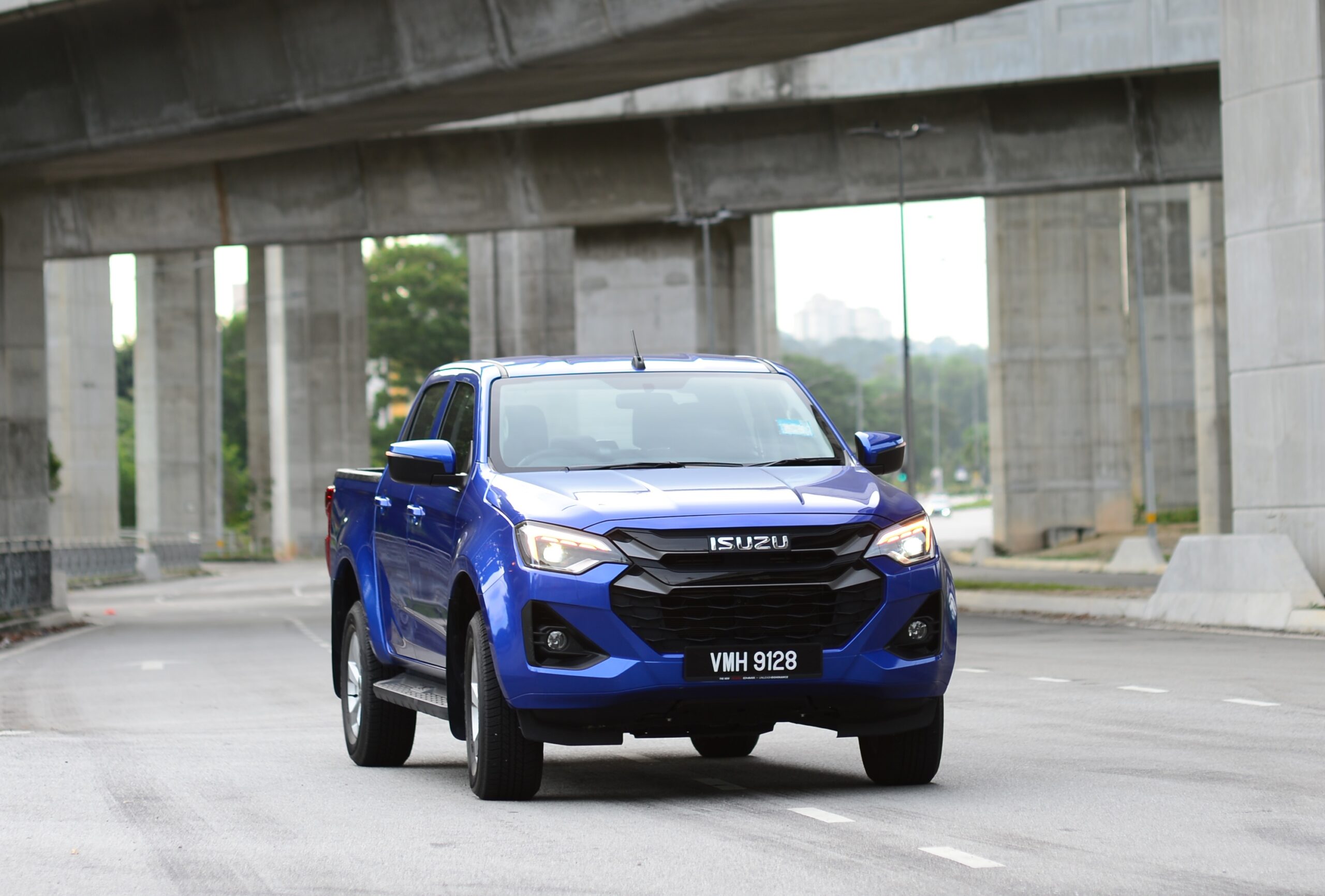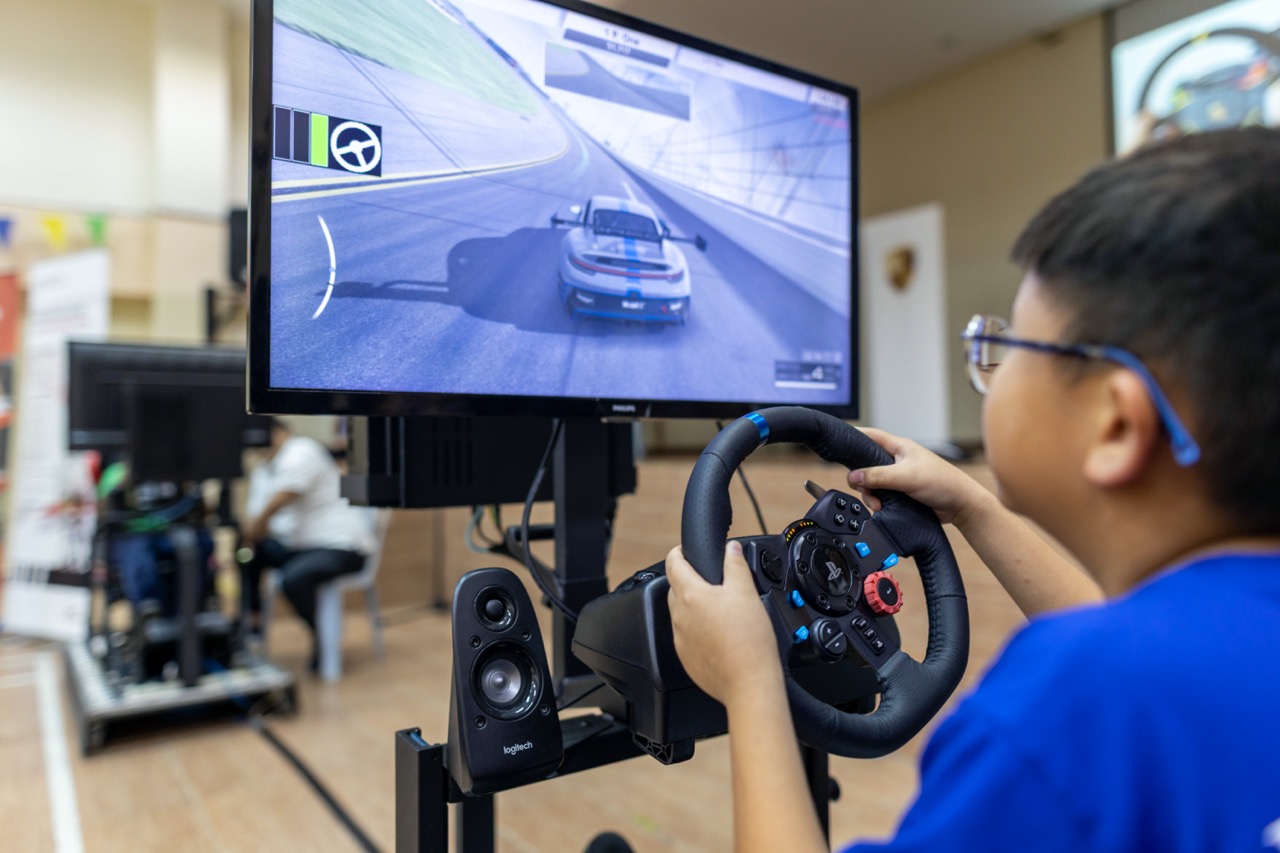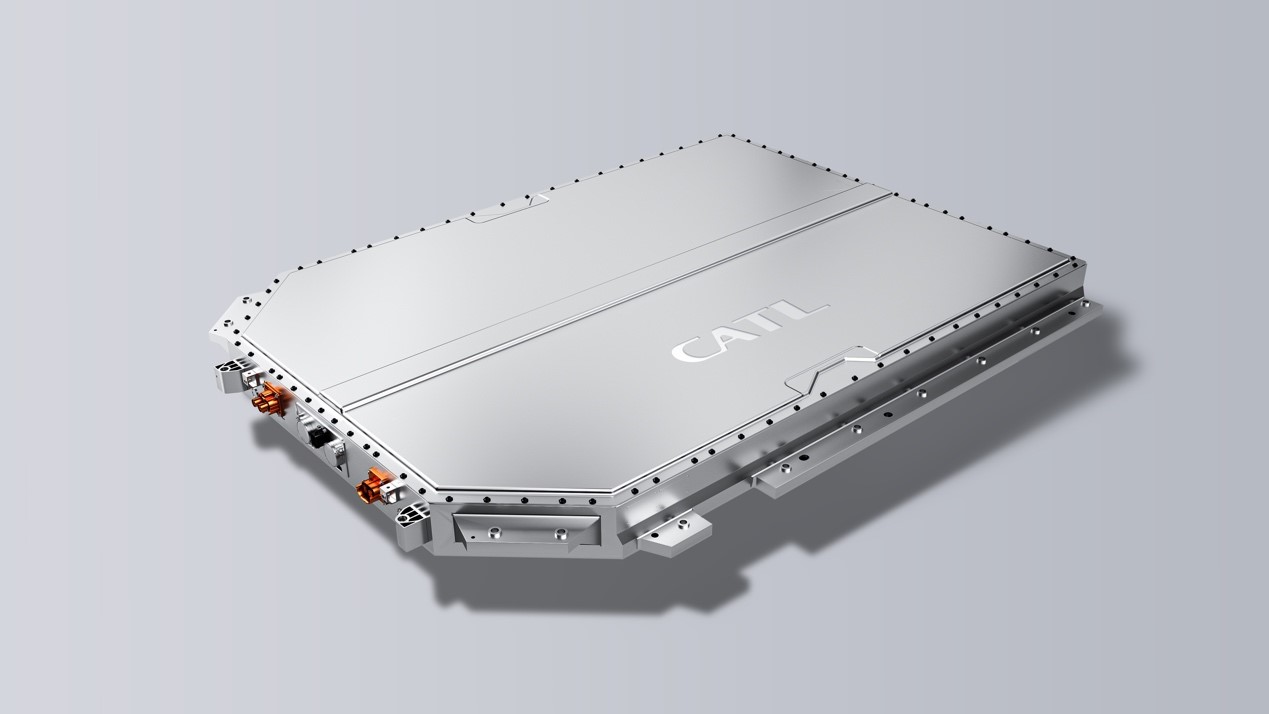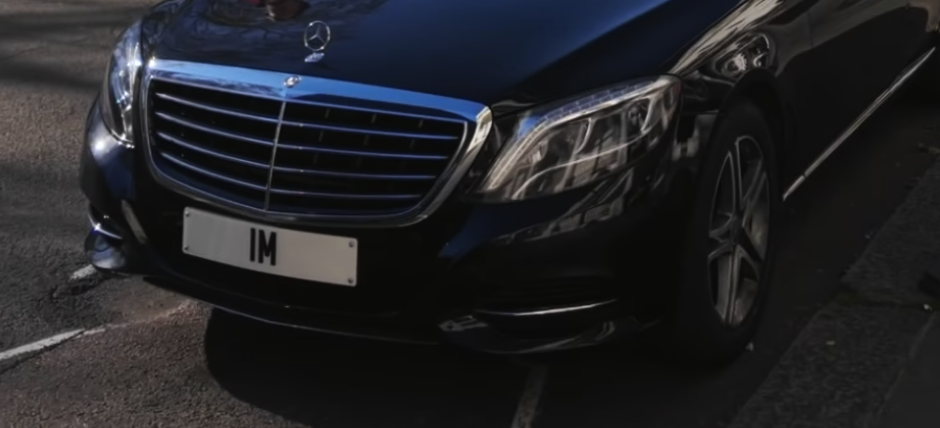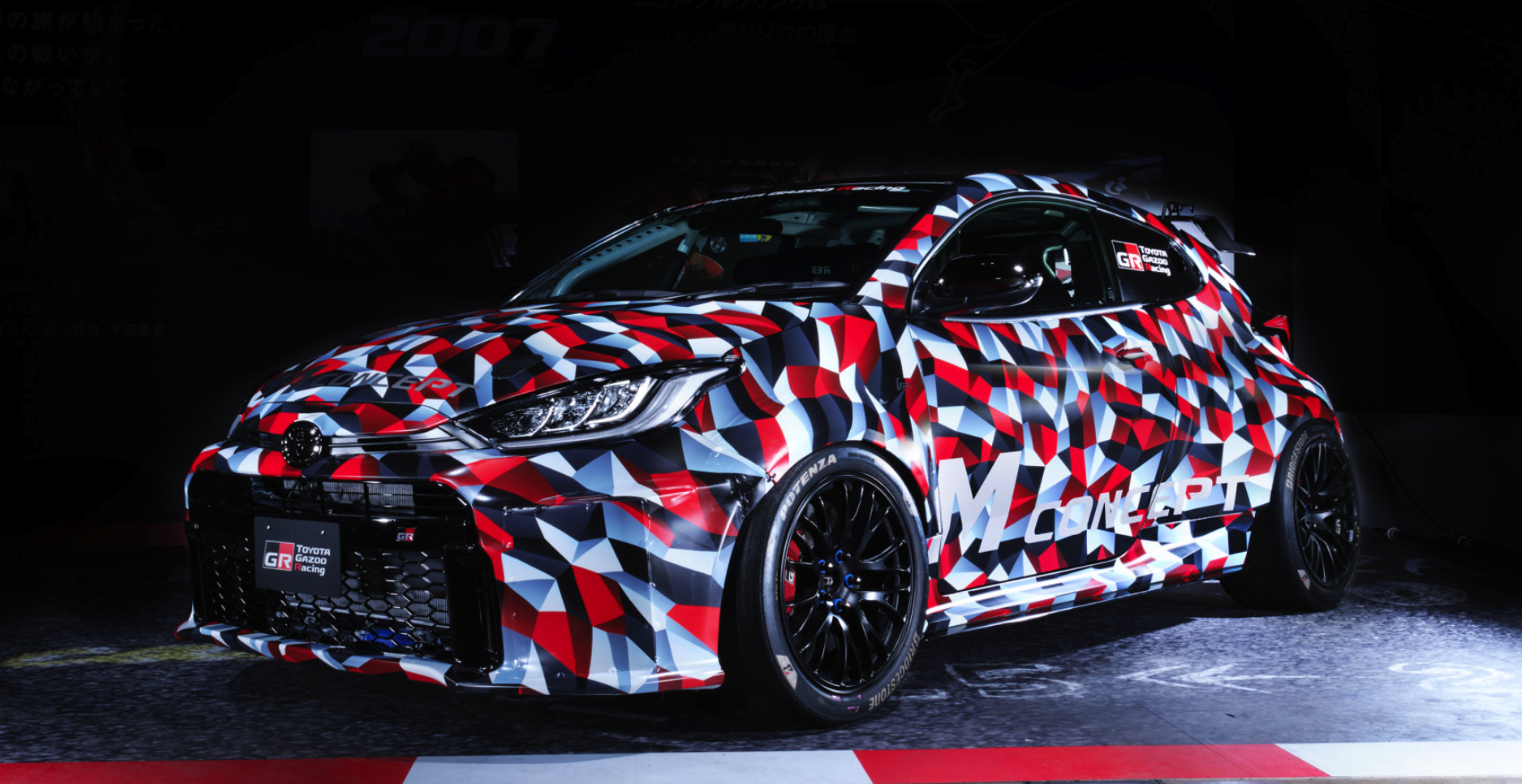When it comes to people movers, there are a number of good choices for Malaysians. Our vibrant automotive market has solid foundations and a good part of that stems from our business-friendly environment that seems to attract new brands on a near monthly basis.
But there are brands that have been entrenched in the Malaysia for decades, and among those brands is Mitsubishi Motors Malaysia (MMM). Though it may have been operating in the background for the past couple of years, the Japanese brand has consistently been in the top five of the national sales charts, and that too with a two car portfolio.
The two cars are the Mitsubishi Triton and the Mitsubishi XPander. Both of these do not particularly excel at anything, they are not the most powerful, nor the most spacious or tech laden. In fact, they offer a fail proof recipe of good looks, reliability, comfort and enough features to make your daily runabouts all the better. They simply exist and have done well by sticking to that policy.
After a few years of simmering in the background with its two cars, MMM is back at the forefront with the local launches of two highly anticipated cars – the all-new Triton, and the topic of this article – the facelifted Mitsubishi XPander.
What is the XPander and why is it so popular?
The XPander is a seven-seater MPV that hides its bulk in a handsome package. It is one of those MPV’s that does not look like an MPV. With a sporty, spaceship like design, it has found a place in over 40,000 homes around Malaysia, which is fantastic considering it is quite a basic car and does not have as much tech as some of its cheaper competitors, namely the Perodua Alza.
The reason why it is so popular is arguable, but many put it down to its good looks, Mitsubishi’s proven reliability and the JDM factor.
JDM means Japanese Domestic Market and refers to cars that are built exclusively for the Japanese market. But now the term has come to be associated with Japanese sports car which includes the Mitsubishi Evolution.
The JDM factor has been known to sway sales, and when put side by side against the likes of a Perodua or a Proton, the three diamonds of Mitsubishi will always have a little more glamour.
Besides the appeal of the badge, the fact that it is a seven-seater at a sub-RM100k also plays a huge role in its success.
It is also surprisingly spacious inside, testament to Mitsubishi’s design and engineering prowess. It may not seem like it from the outside, but seven people can travel in relative comfort inside the XPander.
What about tech?
The biggest update to the interior of the new Mitsubishi XPander is the digital air-conditioning controls which replace the old rotating dials. This may not seem like much, but it does modernise the interior.
You also get a 4.2 -inch multi info displayed that is flanked by two analogue dials that make up the instrument cluster. Besides that, you get a nine-inch infotainment screen that offers Carplay and Android Auto connectivity.
Besides that, the XPander offers four strategically placed USB ports and three 12-volt power sockets that includes one for the third row passengers.
We also like the fact that the XPander gets underseat storage which is not exactly high-tech but it does make living with the XPander a lot easier.
On the outside, the XPander gets automatic LED headlamps with daytime running lights (DRL). These new T-shaped lighting offer a double-tiered set up with the DRL’s placed at the top and the main headlamp cluster with turn signals placed at the bottom.
What powers the XPander?
The same 1.5-litre, naturally-aspirated, four-cylinder engine that powered the old model. The engine features MIVEC and DOHC technology and puts out 105PS and 141Nm of torque.
This is sent to the wheels through the same four-speed automatic transmission. A lot of questions were asked about why MMM continues to hold fast to the same transmission while other markets have shifted to CVT.
MMM’s response to this is that the automatic transmission has proven to be more robust and reliable over the long term. Reliability is an important factor for those buying an XPander as the last thing any family man wants is the car to break down with the family in it, or to be problematic.
The powertrain has proven to be reliable ever since the XPander was first introduced in Malaysia.
Since it’s a family MPV, how safe is it?
The XPander may only offer dual airbags, one for the driver and one for the passenger, but it has an armada of safety tech to keep everyone secure.
It has 16 technologies that make up the active safety systems in the car. This includes active stability control, traction control, hill start assist, ISOFIX mounts and even a rest reminder.
The passive safety systems are impressive as well and include side impact door beams, a collapsible steering column and collapsible brake pedal as well.
But the XPander also has an ace up its sleeve in the form of the Mitsubishi RISE body construction. This is a monocoque body system that is designed to absorb front and rear collisions using a rigid occupant cell.
Great! So how does it drive?
Better than you would think. We like how refined the car can be particularly at highway speed. This is particularly surprising considering that it is not all that powerful.
In fact, some cars would struggle to get up to speed but the XPander seemed to do it effortlessly. However, we only had three people in the car during a drive to Melaka. Admittedly it may be a different story with a full load.
Suspension tuning though is perfect for a family car. Comfortable when you need it to be and poised when the roads get twisty. Some MPV’s are just too soft in this area and that tends to make them feel willowy in corners. This can unnerve the driver especially in faster corners when body-roll becomes more noticeable.
The XPander though seems to have this sorted out. Utilising a torsion beam at the back and MacPherson strut coil springs with strabiliser bars and strut bars, the XPander feels assuring.
There was one particular incident during our drive that makes us praise the suspension. It was during one of the usual afternoon downpours around the Semenyih dam where the roads are twisty, which is great fun in the dry, but equally as fun in the wet, if you are daring enough.
But the problem with this section is the wildlife and stray dogs that tend to dart across the road. And that is exactly what happened. With the speedometer at the other end and a face approaching blind corner, we came face to face with a puppy in the middle of the road.
Now the smarter thing to do in such a situation is to sacrifice the animal to save your occupants and let God be your judge. But basic instinct took over and we steered hard to avoid the poor animal. Smart or not is debatable but this is where a properly tuned suspension shines bright.
With minimal body roll and a front end that obliges every steering input, that puppy lived to see another day. And that is what distinguishes the good from the great.
With the XPander, you get a hushed and spacious interior, good suspension and even roof-mounted air-conditioning vents of which we are huge fans. And what more could you ask for in a family MPV?
But is it worth it?
The new XPander is available in two variants, the basic XPander is priced at RM99,980 and then there is the XPander Plus which we just told you about, and that is priced at RM100,420.
The two are distinguished by some body work and interior features but the driving and interior feel is still the same.
It is surely priced steeper than its closest competitor, the Perodua Alza. So, it is debatable whether the XPander is worth the price or not, and the best way to answer that question would be a wheel-to-wheel comparison.
But the XPander has plenty to offer and can hold its own against some steep competition, and if you are someone who appreciates well engineered cars then you too may like the XPander. So, on that alone, the XPander is worth a look, and drive it if you get a chance.
Specifications:
Engine: 1.5-litre, MIVEC, DOHC, 16-Valve
Power: 105PS @ 6000rpm
Torque: 141Nm @ 4000rpm
Transmission: 4-speed automatic
Suspension: MacPherson Strut with Coil Spring and Stabiliser Bar (Front) / Torsion Beam (Rear)
Price (as tested): RM100,420
We like: Good looks, spacious interior, great handling
We don’t like: Audio system can do with an update




